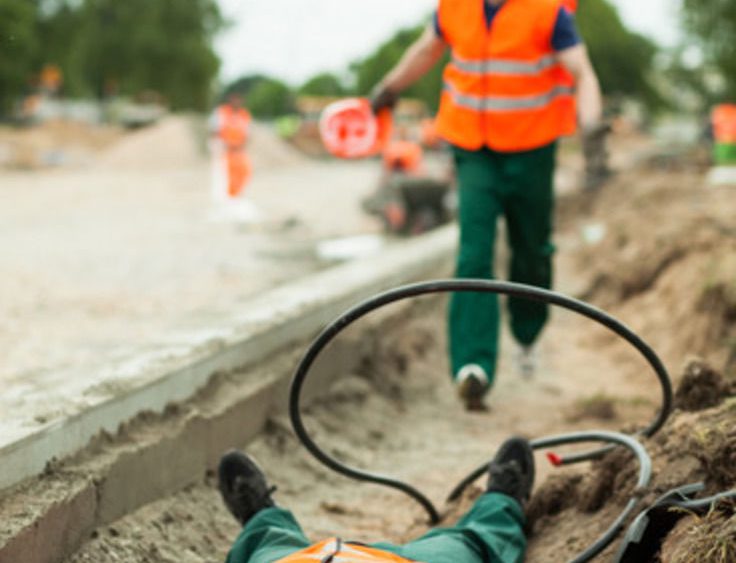As one of Canada’s leading providers of small business health benefits, the Benecaid team knows a little something about workplace safety. Many of our small business medical claims come as a result of accidents sustained in the workplace, and it’s a shame – not only does it indicate carelessness or hazardous conditions in the workplace, but it eats into the benefits that our plan benefactors get each year! This means less HSA funds that could be directed towards new eyeglasses, orthodontics, or even to cover the costs of your spouse’s medical procedures.
In an effort to help you keep your small business health benefits for yourself, rather than having to spend them on unwanted workplace accidents, the Benecaid team would like to present our top-10 workplace safety tips. Read on to learn how to save yourself a lot of pain and money!
- Design your work area with safety in mind. You should start planning for safety right away. Position machines, stage materials, and set up product flow in a way that emphasizing safety and efficiency.
- Cleanliness is key. Clean work areas are more productive, and also much safer. Whether your workplace is an office building or a factory floor, you should keep things neat and tidy so that hazards are clearly visible. You’ll get a productivity boost, and spend less of your small business medical insurance funds on injury recovery.
- Get your employees involved. Nobody will have a more intimate understanding of the safety concerns of a given job or work environment than the people who are hired to work there every day. Gather input from employees and follow their suggestions rather than relying on static industry standards that may be less relevant to your specific needs.
- Give clear instructions. Training and daily tasks should be clear and concise, with the process clearly outlined for the employee. Documenting your work processes allows you to review all potential safety hazards that may arise throughout the day, and address them. This also eliminates the chances of an employee “winging it” on a job with improper training or equipment, which is where most accidents occur.
- Focus on the most common problem areas. Though it is tempting to focus your workplace safety efforts on averting catastrophic violations, it is actually the smaller and more frequent safety hazards that cause the greatest number of injuries and small business medical insurance spending each year. Strained backs from using poor lifting technique, cuts from exposed edges, or slips resulting from improper footwear are examples of small but common problems that should be addressed in your safety plan.
- Encourage open reporting and communication for safety concerns. Everybody in the office or workplace should be encouraged to report safety concerns to their superiors. This not only gives you many more sets of eyes, but encourages a sense of open communication, trust, and community action within the workplace.
- Watch and learn how your employees work. While you may have documented work processes in place, many employees will still do things their own way, opting for undocumented variations on tasks when they seem easier or more efficient for them. Watch and ensure that procedures are being followed; shortcuts are usually safety hazards, but conversely your employees could have efficiency tweaks to add to your processes.
- Maintain all machinery and office equipment. As machinery breaks down over time, it becomes less safe. The hazardous nature of worn-out equipment because even more of a liability when employees start adding their own modifications and patch-up jobs. Keep things in working order to prevent dangerous equipment failures.
- Avoid unnecessary risks. Check your work place often and ensure that no chemicals, equipment, or storage processes are being used that increase the risk of injury in the workplace.
- Review your safety guidelines each year. The workplace will evolve, and your safety guidelines must as well. As new equipment, employees, and processes are added to your company, so to must new safety procedures be implemented.
These simple workplace safety tips should help you manage the unnecessary consumption of small business medical insurance funds so that your employees can direct their flex-plans to more appealing purchases.
To learn more about small business medical insurance plans, visit http://benecaid.wpengine.comtoday!



Comments are closed.